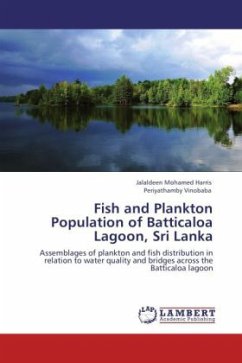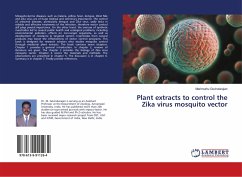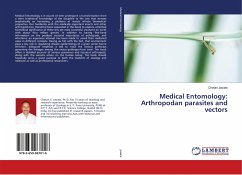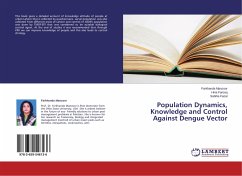With the backdrop of a high incidence of Dengue Fever (DF) and Dengue Haemorraegic Fever (DHF) in Batticaloa District, Sri Lanka, an ovitrap based survey was carried out in two dengue endemic residential urban area of Batticaloa and suburban area of Oddamavadi extending from April 2008 to December 2008 over both the dry and the wet seasons. Conventional ovitraps were placed inside and outside 15 randomly selected houses in both locations to collect indoor breeding and outdoor breeding Aedes mosquitoes. Collections were made fortnightly in order to investigate the seasonal prevalence of Ae.aegypti and Ae.albopictus and insecticide susceptibility. Studies were carried out to measure the entomological Aedes larval indices of Container Index (CI), House Index (HI), and Breteau Index (BI) and compared with World Health Organization (WHO) standard in order to estimate the risk of further dengue outbreaks. In addition, both Ae.aegypti and Ae.albopictus mosquitoes were quantified using the Ovitrap Positivity Index (OPI).
Bitte wählen Sie Ihr Anliegen aus.
Rechnungen
Retourenschein anfordern
Bestellstatus
Storno








